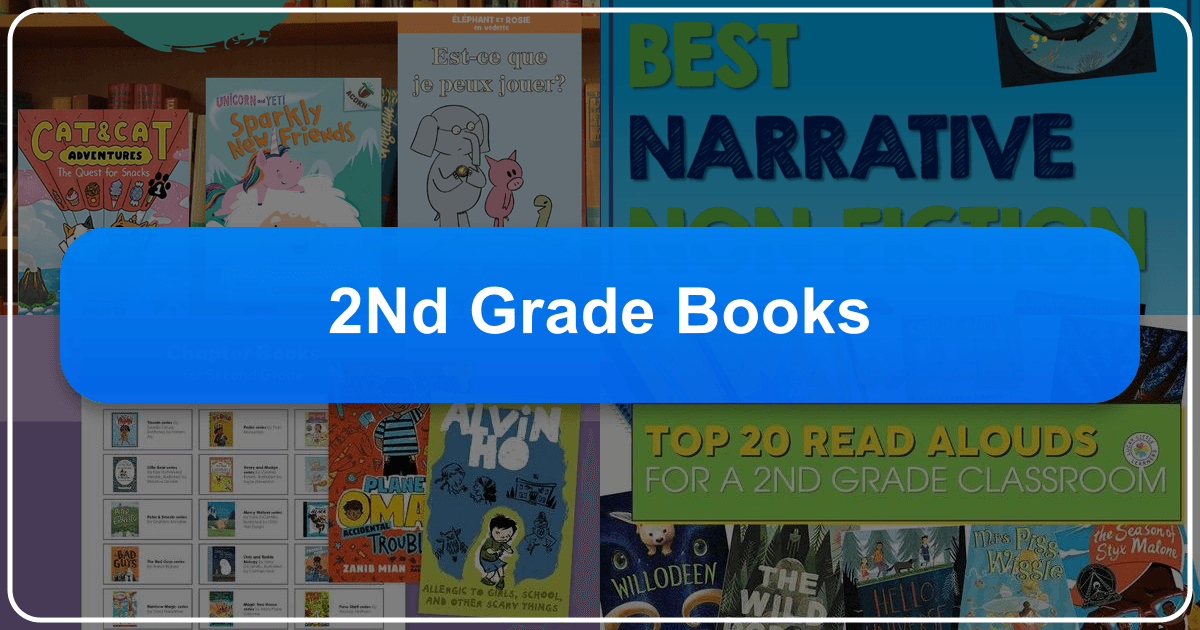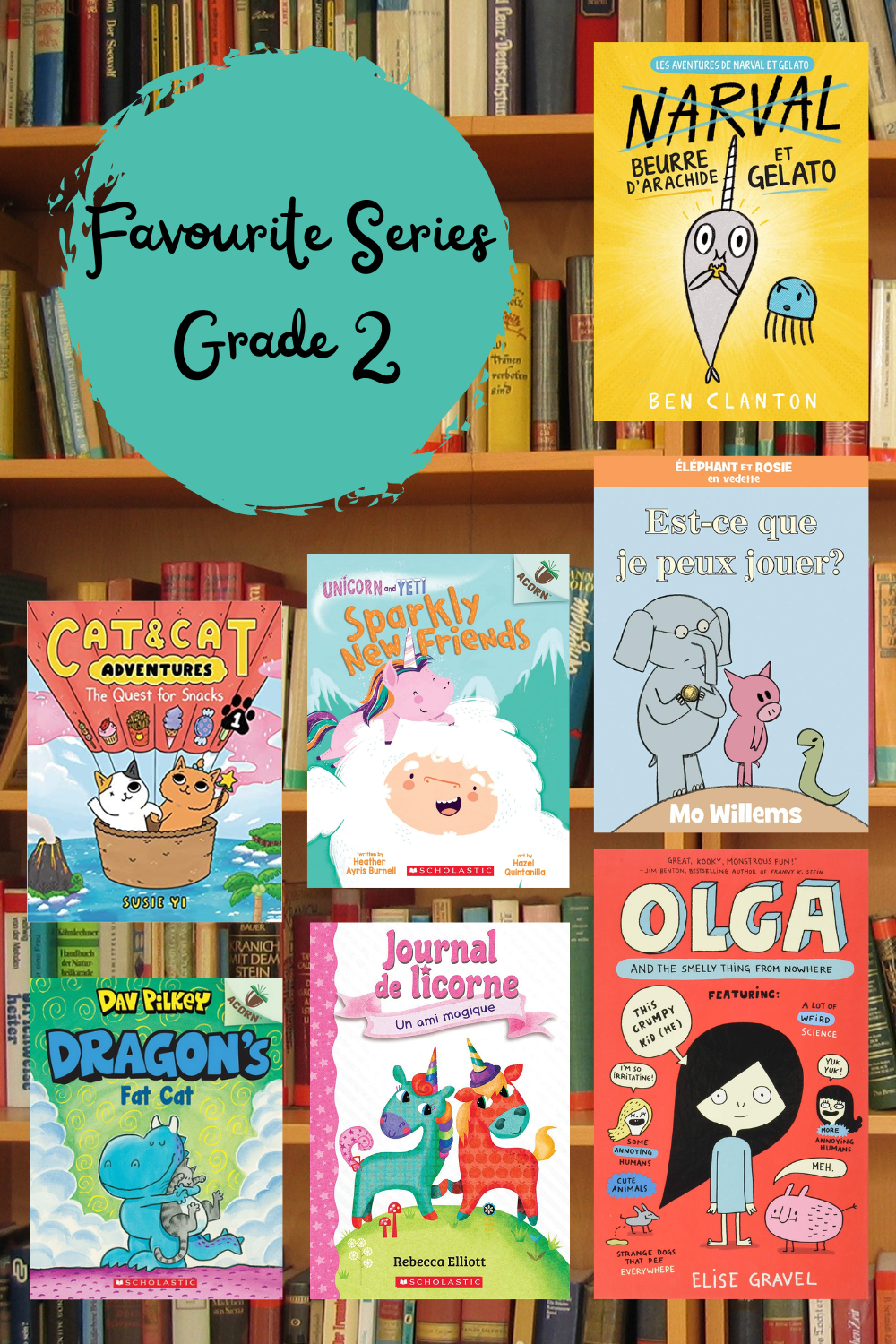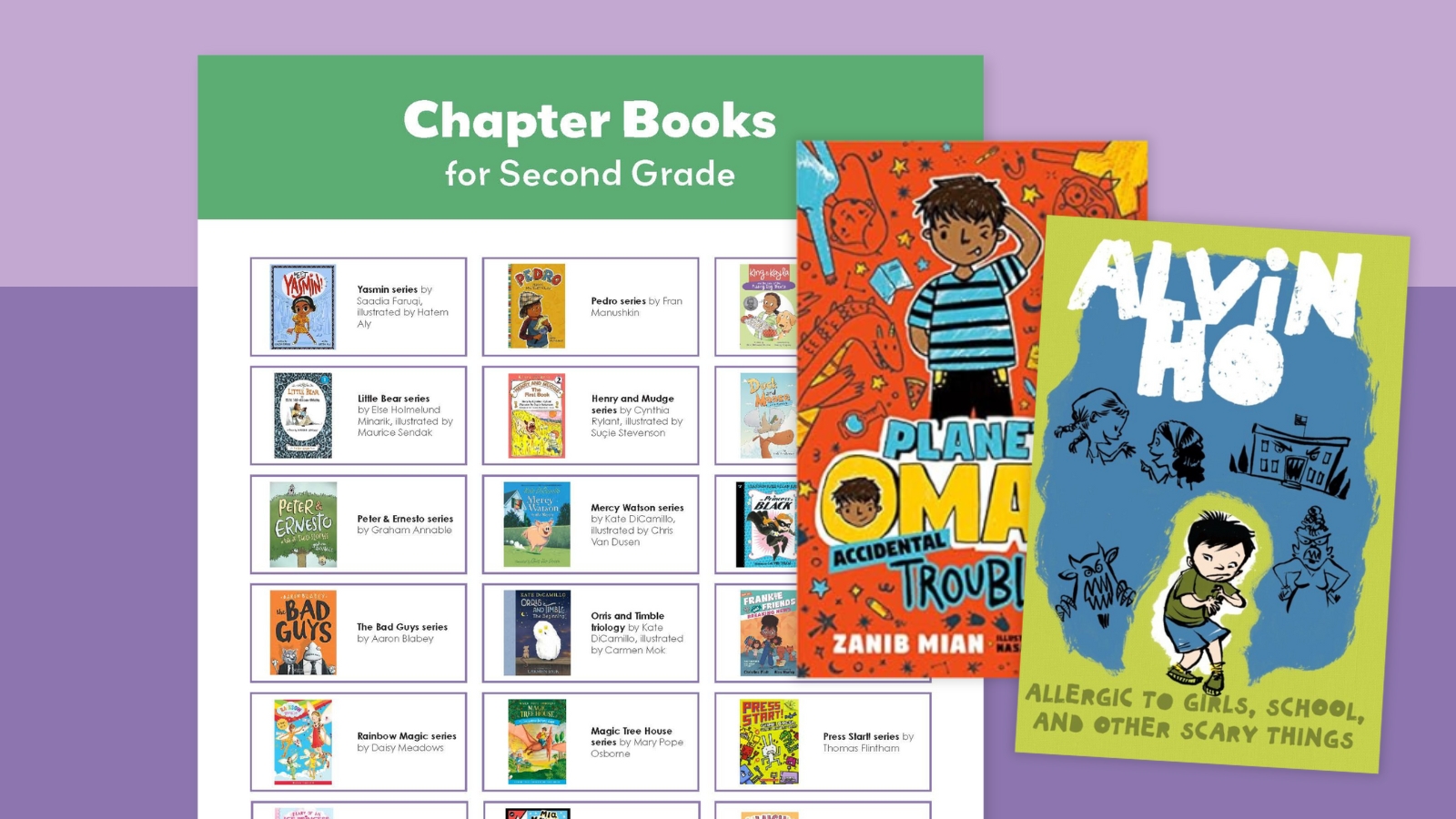2nd Grade Books: A Comprehensive Guide for Young Readers

Choosing the right books for a second-grader can be a rewarding yet challenging task. This comprehensive guide aims to simplify the process by providing a detailed exploration of suitable reading materials for seven and eight-year-olds, encompassing various genres, authors, educational values, and the broader cultural impact of literature. We’ll delve into specific book recommendations, explore the importance of fostering good reading habits, and examine the role of libraries and communities in nurturing a love for reading. This resource is designed to support parents, teachers, and librarians in selecting engaging and enriching books that cater to the diverse interests and abilities of second-grade children.

Genre Exploration: A World of Stories for Second Graders
Second grade marks a significant transition in a child’s reading journey. They are moving beyond picture books and simpler texts to embrace chapter books and more complex narratives. Selecting books that match their evolving reading skills and interests is crucial for building confidence and fostering a lifelong love of reading.
The following genres are particularly well-suited for second-grade readers:
Picture Books with Depth
While many second graders are transitioning away from picture books, high-quality picture books with complex narratives, engaging illustrations, and thought-provoking themes still hold a significant place. These books can introduce advanced vocabulary, complex ideas, and diverse perspectives, even as they maintain the appeal of visual storytelling. Examples include:

- “You Are Home” by Evan Turk: A visually stunning picture book celebrating America’s national parks and promoting environmental awareness.
- “Ocean Meets Sky” by The Fan Brothers: A beautifully illustrated picture book exploring imagination and intergenerational connections.
- “Owl Moon” by Jane Yolen: A magical story about a nighttime adventure with a father and daughter, perfect for emerging readers.
- “The Great Kapok Tree” by Lynne Cherry: A visually captivating book about the importance of rainforest conservation.
- “Life Doesn’t Frighten Me” by Maya Angelou: A powerful poem about overcoming fear, paired with vibrant illustrations.
Chapter Books: Embracing Longer Narratives
Chapter books introduce longer narratives, more developed characters, and intricate plots. Selecting chapter books with engaging storylines, relatable characters, and manageable lengths is crucial to preventing frustration and maintaining interest. Some popular chapter book series ideal for second graders include:
- “Clementine” by Sara Pennypacker: A charming series about a spirited girl who gets into (mostly harmless) trouble.
- “The Terrible Two” by Mac Barnett and Jory John: A humorous series about two boys who compete to be the best pranksters.
- “Ivy & Bean” by Annie Barrows: A delightful series about two best friends who get into humorous adventures.
- “Nate the Great” by Marjorie Weinman Sharmat: A classic mystery series featuring a young detective.
- “The Magic Tree House” by Mary Pope Osborne: A popular fantasy series involving time travel and historical adventures.
- “Cam Jansen” by David A. Adler: A mystery series featuring a girl with a photographic memory.
- “Flat Stanley” by Jeff Brown: A classic story about a boy who gets flattened and goes on various adventures.
- “Judy Moody” by Megan McDonald: A fun series about a moody girl with many emotions and life experiences.
- “Heidi Heckelbeck” by Wanda Coven: A magical series about a young witch.
Diverse Genres for Varied Interests
Beyond these core genres, second graders can also enjoy:
- Fables and Fairy Tales: Classic stories with moral lessons, such as “Brundibar” by Tony Kushner.
- Humor: Books filled with silly situations and jokes, like “Duck for President” by Doreen Cronin and “Captain Underpants” by Dav Pilkey.
- Mystery: Stories with puzzles and suspense to solve, such as “Julian, Secret Agent” by Ann Cameron and “The Notebook of Doom” by Troy Cummings.
- Adventure: Thrilling narratives with exciting journeys and challenges, including “Mr. Popper’s Penguins” by Richard and Florence Atwater and “Dear Max” by Sally Grindley.
- Historical Fiction: Stories set in the past that help children learn about different time periods and cultures, for example, “The Year of Miss Agnes” by Kirkpatrick Hill.
- Science Fiction: Books exploring futuristic worlds and outer space, including “Zita the Spacegirl” by Ben Hatke and “Galaxy Zack” by Ray O’Ryan.
- Poetry: Books featuring age-appropriate poems, such as “Science Verse” by Jon Scieszka.
- Graphic Novels: Engaging narratives with illustrations, such as “Mr. Pants” by Scott McCormick.
By exploring a variety of genres, young readers can expand their horizons, discover new interests, and develop a deeper appreciation for the power of storytelling.
Author Spotlights: Inspiring Young Minds
Numerous talented authors create captivating stories for young readers. Familiarizing yourself with some key authors can help in selecting high-quality books:
- Andrea Beaty: Known for her inspiring stories about resilience and pursuing passions, exemplified by “Rosie Revere, Engineer.”
- Katherine Applegate: Author of heartwarming and thought-provoking stories, like “Wishtree,” which emphasizes empathy and togetherness.
- Jeff Brown: Celebrated for his imaginative and humorous classics, including “Flat Stanley.”
- E.B. White: Author of timeless classics like “Charlotte’s Web.”
- Dr. Seuss: A legend in children’s literature, known for his whimsical rhymes and characters.
- Jon Scieszka: A master of blending humor and education, as seen in “The True Story of the 3 Little Pigs!” and “Science Verse.”
- Jill Murphy: Author of the popular “Worst Witch” series.
- Megan McDonald: Creator of the funny and relatable “Judy Moody” and “Stink” series.
These authors, along with many others, offer a wealth of books suitable for second-grade readers.
Reading and Learning: Cultivating a Love for Books
Reading is not merely a skill; it is a gateway to knowledge, imagination, and personal growth. For second graders, actively engaging with books should be both enjoyable and educational:
Summaries and Educational Value
Selecting books with clear storylines, age-appropriate vocabulary, and easily understood themes allows children to comprehend the narrative without feeling overwhelmed. Many books for this age group subtly incorporate educational elements, enhancing knowledge of various subjects.
Life Lessons and Character Development
Many second-grade books weave in valuable life lessons, teaching children about friendship, empathy, perseverance, and problem-solving. Observing how characters handle challenges and conflicts can help young readers develop emotional intelligence and social skills.
Fostering Reading Habits

Creating a positive and supportive reading environment at home is essential. This can involve setting aside dedicated reading time each day, choosing books that align with children’s interests, and discussing the stories together. Reading aloud to second graders remains a valuable practice, even as they become more independent readers.
Libraries and Resources: Accessing a World of Books
Libraries and digital resources play a critical role in supporting children’s reading development:
Public Libraries: Community Hubs for Reading
Local public libraries offer a vast collection of books, allowing children to explore diverse genres and authors. They frequently host reading programs and events designed to engage young readers and promote literacy.
Digital Libraries: Expanding Access to Books
Digital libraries provide convenient access to a wide array of ebooks and audiobooks, offering flexibility and expanding access for children who may not have ready access to physical books.
Cultural Impact: Literature’s Enduring Legacy
Literature shapes our understanding of the world, and it is important to consider the broader cultural impact of the books we select for second graders:
Literary Influence and Adaptations
Many classic and contemporary children’s books have inspired films, plays, and other media adaptations. Exploring these adaptations can enhance children’s understanding and appreciation of the original story.
Awards and Recognition
Numerous awards recognize outstanding children’s literature, providing a valuable guide in selecting high-quality books.
By understanding the various genres, authors, and educational aspects of children’s literature, coupled with utilizing the resources provided by libraries and communities, we can help second graders develop a strong foundation in reading, leading to a lifelong love of books and a deeper appreciation for the power of storytelling. The books listed throughout this guide, readily available through Lbibinders.org and other sources, offer an excellent starting point for this journey. Remember to prioritize age-appropriateness, engaging narratives, and diverse representation to ensure a rich and rewarding reading experience for every second-grade reader.